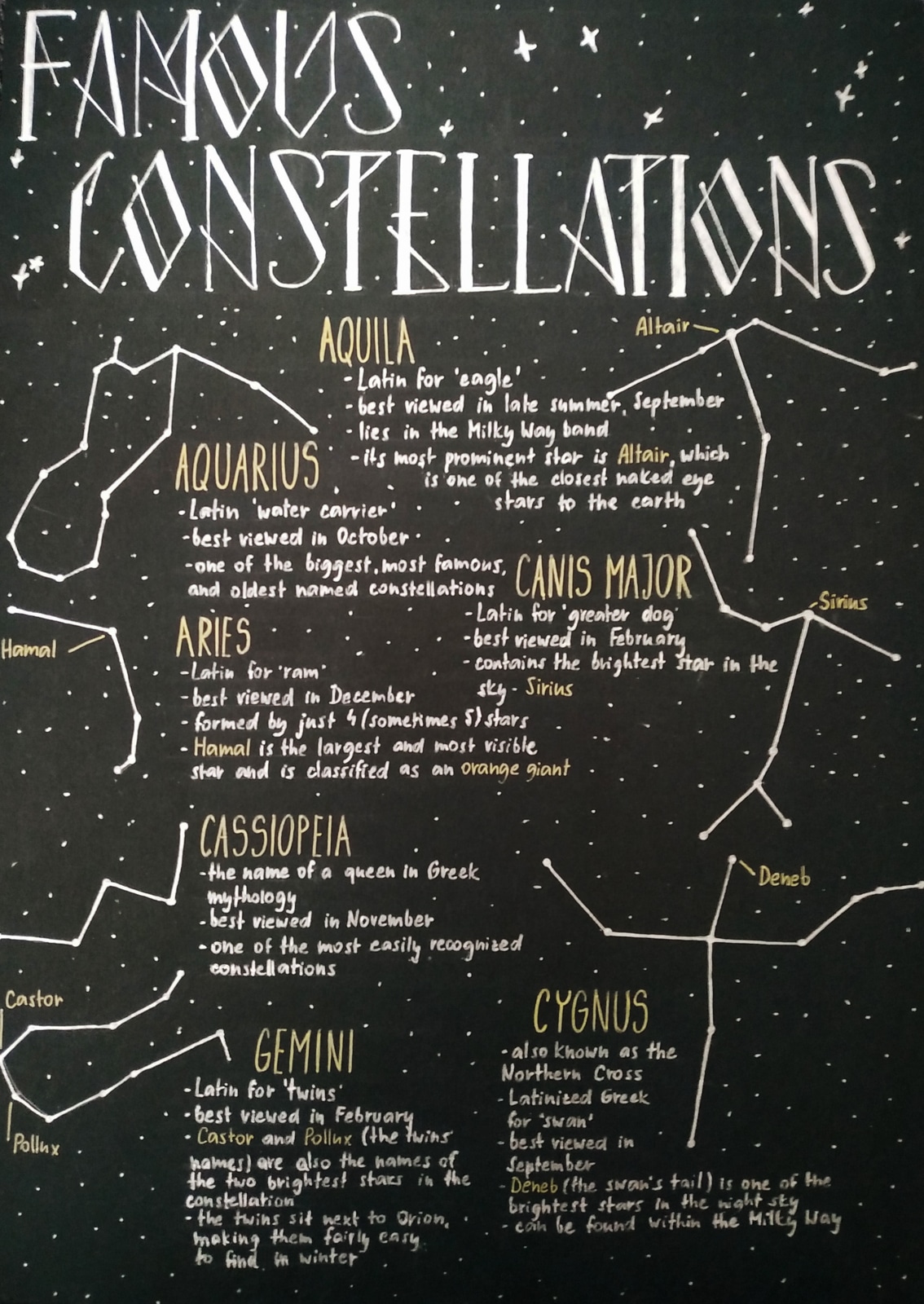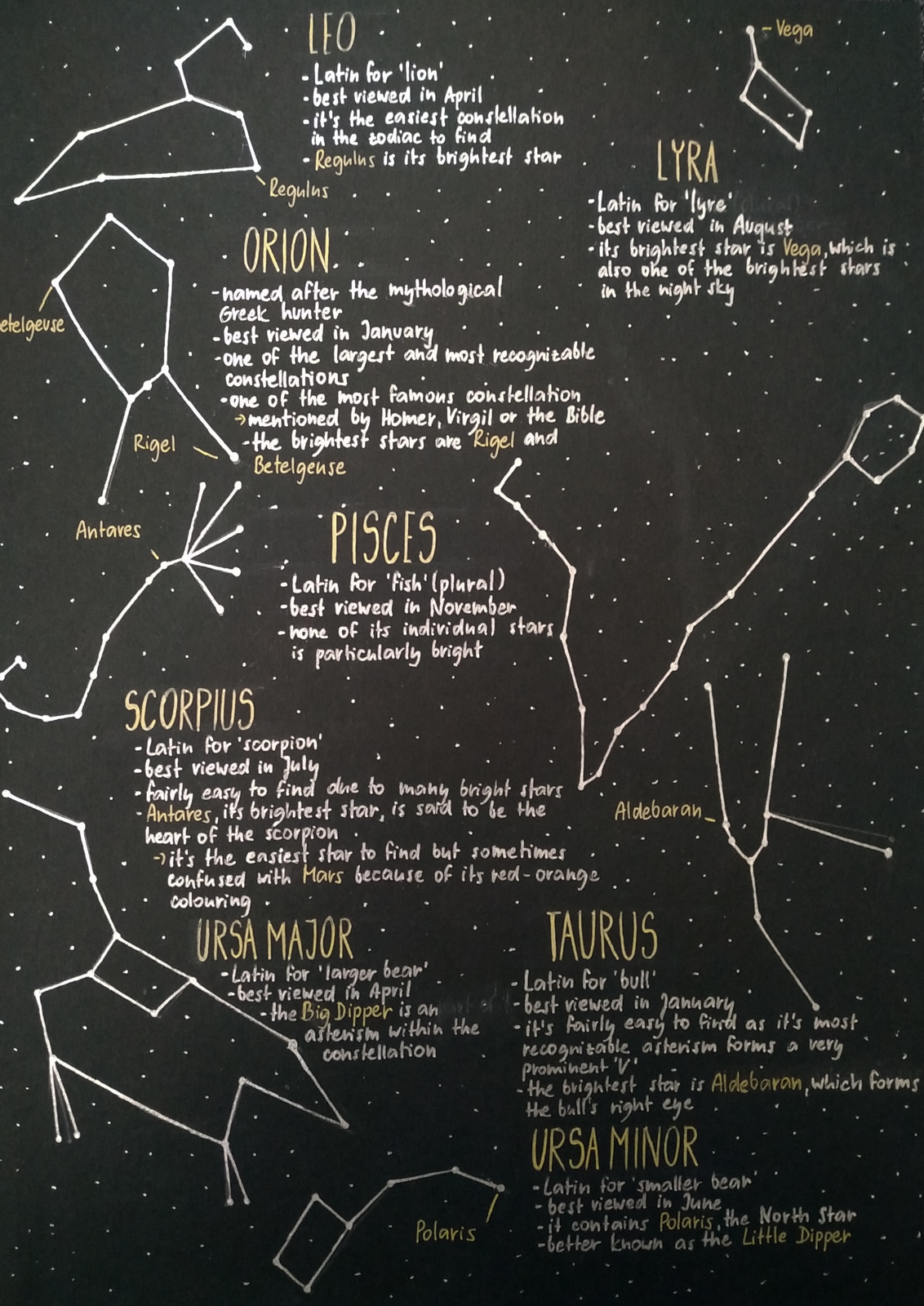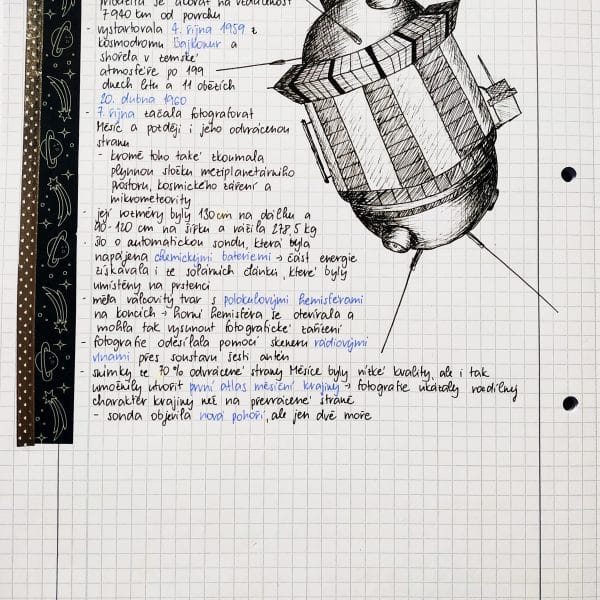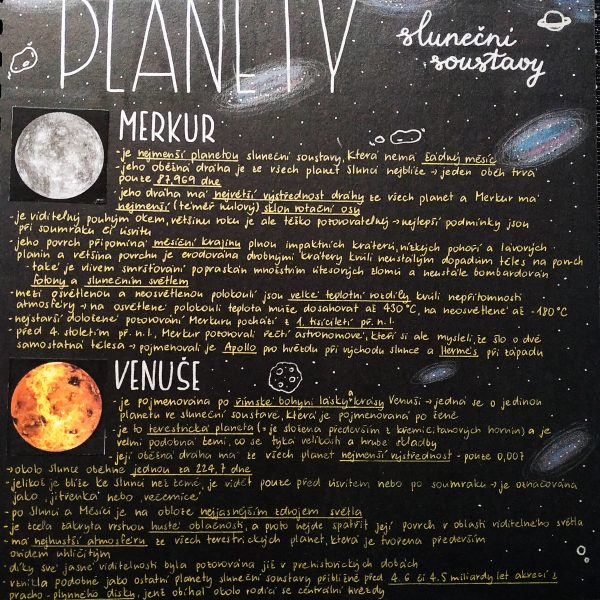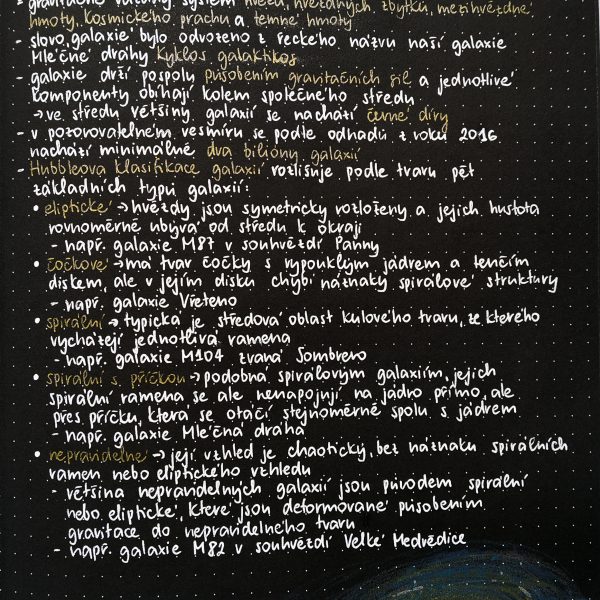Famous Constellations
AQUILA
- Latin for ‘eagle’
- best viewed in late summer, September
- lies in the Milky Way band
- its most prominent star is Altair, which is one of the closest naked eye stars to the Earth
AQUARIUS
- Latin for ‘water carrier’
- best viewed in October
- one of the biggest, most famous and oldest named constellations
CANIS MAJOR
- Latin for ‘greater dog’
- best viewed in February
- contains the brightest star in the sky – Sirius
ARIES
- Latin for ‘ram’
- best viewed in December
- formed by just 4 (sometimes 5) stars
- Hamal is the largest and most visible star and is classified as an orange giant
CASSIOPEIA
- the name of a queen in Greek mythology
- best viewed in November
- one of the most easily recognised constellations
GEMINI
- Latin for ‘twins’
- best viewed in February
- Castor and Pollux (the twins names) are also the names of the two brightest stars in the constellation
- the twins sit next to Orion, making them fairly easy to find in winter
CYGNUS
- also known as the Northern Cross
- Latinized Greek for ‘swan’
- best viewed in September
- Deneb (the swan’s tail) is one of the brightest stars in the night sky
- can be found within the Milky Way
LEO
- Latin for ‘lion’
- best viewed in April
- it’s the easiest constellation in the zodiac to find
- Regulus is its brightest star
LYRA
- Latin for ‘lyre’
- best viewed in August
- its brightest star is Vega, which is also one of the brightest stars in the night sky
ORION
- named after the mythological Greek hunter
- best viewed in January
- one of the largest and most recognizable constellations
- one of the most famous constellations → mentioned by Homer, Virgil or the Bible
- the brightest stars are Rigel and Betelgeuse
PISCES
- Latin for ‘fish’ (plural)
- best viewed in November
- none of its individual stars is particularly bright
SCORPIUS
- Latin for ‘scorpion’
- best viewed in July
- fairly easy to find due to many bright stars
- Antares, its brightest star, is said to be the heart of the scorpion → it’s the easiest star to find but sometimes confused with Mars because of its red-orange colouring
URSA MAJOR
- Latin for ‘larger bear’
- best viewed in April
- the Big Dipper is an asterism within the constellation
TAURUS
- Latin for ‘bull’
- best viewed in January
- it’s fairly easy to find as its most recognizable asterism forms a very prominent ‘V’
- the brightest star is Aldebaran, which forms the bull’s right eye
URSA MINOR
- Latin for ‘smaller bear’
- best viewed in June
- it contains Polaris, the North Star
- better known as the Little Dipper


